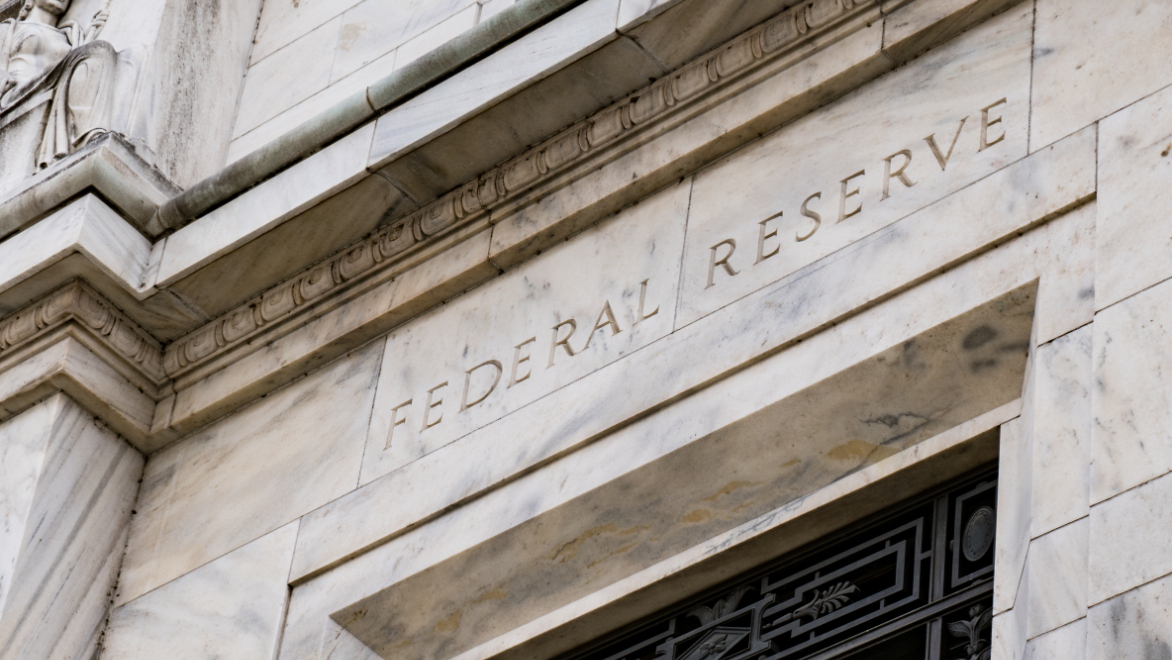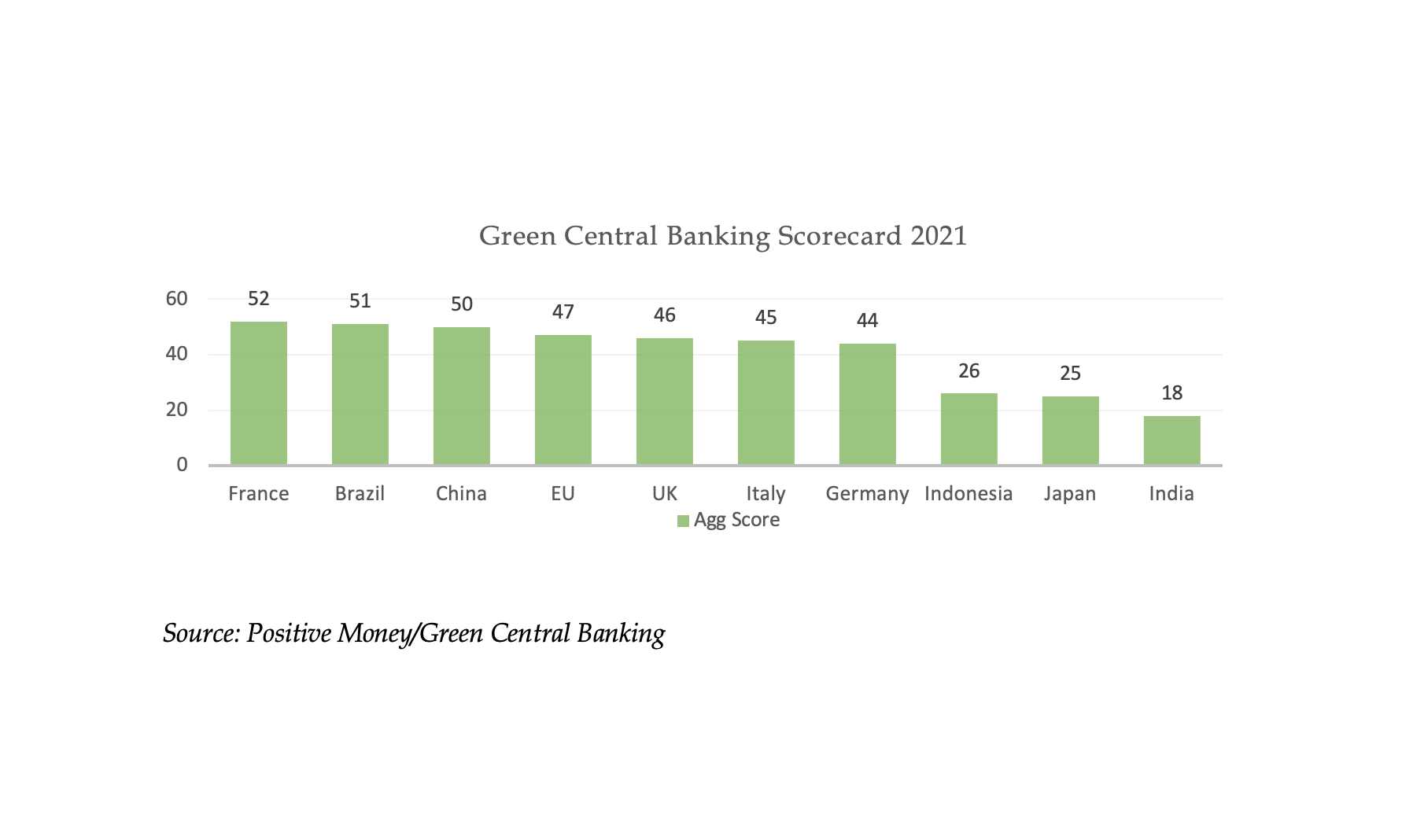
Jackson Hole 2022: in search of the elusive green central banker
As the 45th Jackson Hole symposium draws to a close, Atharva Deshmukh argues that central bankers need to pay as much attention to climate change as they currently do to inflation.
“We must keep at it until the job is done”, the chair of the Federal Reserve, Jerome Powell, said as he addressed the issue of rising inflation at the Jackson Hole Economic Symposium on 26 August. Inflation was the talk of the town at this year’s conference, and rightly so. In contrast, climate change, a divisive issue of medium- to long-term relevance in the central banking world, was mentioned only briefly by some. Jackson Hole 2022 offered a fleeting glimpse of the elusive green central banker.
Jackson Hole is a gathering of some weight. Each year since 1978, central bankers, academics and the top echelons of global economic governance have been hosted by the Federal Reserve Bank of Kansas City. It is hugely significant – each symposium is a slice of central banking history. Former Indian central bank governor Raghuram Rajan’s 2005 paper that predicted a financial crisis needs no introduction. More importantly, these discussions matter for policy. Economist Martin Feldstein even referred to it as the “Jackson consensus”, akin to the infamous “Washington consensus”.
This year, the theme was “reassessing constraints on the economy and policy”. At its core, it represents a classic monetary policy menu – high inflation expectations, supply constraints, surging demand, the looming macroeconomic consequences of the pandemic and the rise in innovative monetary policy tools. It seems fitting to focus on the problem on top of everyone’s agenda: rising prices. There was little scope to discuss anything else.
Climate change, a divisive issue of medium- to long-term relevance in the central banking world, was mentioned only briefly by some [at Jackson Hole].
Disorderly transition
A few remarks at Jackson Hole did mention climate change. The International Monetary Fund’s deputy managing director, Gita Gopinath, discussed the risks of delayed action. Gopinath argued that “delaying the transition even a couple of years will substantially increase the economic costs and heighten the risk of a disorderly transition in which carbon taxes would have to be ratcheted up quickly to limit the devastating effects of climate change”.
Agustín Carstens, general manager of the Bank for International Settlements, called for a “policy-induced” resource reallocation as a response to climate change. And Isabel Schnabel, member of the European Central Bank’s executive board, argued that climate change could lead to rising output volatility and central banks need to be cognizant.
On the other hand, Thomas Jordan, chairman of the Swiss National Bank’s governing board, was sceptical of green central banking and warned against overburdening central bank mandates with long-term structural issues including climate change.
Fossil-free Fed
As these comments show, climate change can and should be part of the Jackson consensus. Activists stationed outside the lodge hosting the symposium certainly thought so: they demanded that the Fed do more when it comes to decarbonisation; a “fossil-free Fed” they called it.
What does a fossil-free central bank look like? What, if anything, are central banks doing when it comes to decarbonisation?
Well, for one, they steer the agenda on financial sector transitions. Think about the financial sector in an economy like irrigation in a farm. If we want yields for certain crops to exceed those from others (decarbonisation’s underlying logic), the irrigation system needs to adjust accordingly. Central banks are like the farmer trying to adjust and supervise an irrigation system.
In this context, 2022 has been a significant year. In May, Ravi Menon, managing director of the Monetary Authority of Singapore (MAS), the country’s central bank, laid out a plan that included a focus on “the role of supervisors in assessing financial institutions’ transition plans”. Menon’s plan was to be taken up by the Network of Central Banks and Regulators for Greening the Financial System (NGFS), a coalition of which Menon is chair.
In July, India’s central bank (RBI) published a report on sustainable finance where it argued that financial institutions should establish policies, procedures and people for identifying and managing climate-related risks. Also in July, the European Central Bank (ECB) conducted a banking sector stress test, and found that 60% of banks did not have a robust climate risk stress-test capability.
It is not just the lenders. In August, Ireland’s central bank said that it “expects all insurers to monitor their exposure to climate change risk”. Central bankers are either adjusting the irrigation system, or at the very least, planning to do so.
Bond purchases
Central banks are also investors and asset owners themselves. In July this year, the ECB said it would factor in climate-related information in its corporate bond purchase programme. By some accounts, the Bank of England was the first to introduce this idea back in November 2021 when it committed to tilting its bond purchase scheme to favour “strong climate performers”. Meanwhile, in Asia, Singapore’s central bank has adjusted its capital allocation to target a portfolio that is less emissions-intensive and China’s central bank has said it will limit the footprint of carbon-intensive assets in its forex reserve portfolio.
The evidence points toward gradual progress. A scorecard on green central banking from non-profits Positive Money and Green Central Banking shows that the top 10 performers include a range of economies, not just the developed markets. Central banks from Brazil, China, Indonesia and India rank higher on this scorecard than those from Australia, Canada and the US.

Powell’s comments should also apply in the context of the transition: when it comes to green central banking, we must keep at it until the job is done.
Reimagining central banking
That being said, green monetary policy requires a reimagination of what society expects from the central bank, which inevitably brings up constraints. For instance, one argument is that a central bank’s capital allocation should stay neutral. Another view is that green quantitative easing could distort market incentives. Then there is the divisive debate over whether central bank mandates should widen to include climate change.
A set of critically important debates surround green central banking – some legal, others economic and political. It is for this reason that dialogue, research and collaboration are the need of the hour. Powell’s comments should also apply in the context of the transition: when it comes to green central banking, we must keep at it until the job is done ... or, at the very least, figure out what exactly the job is.
Atharva Deshmukh is Net Zero Investor’s head of research.




